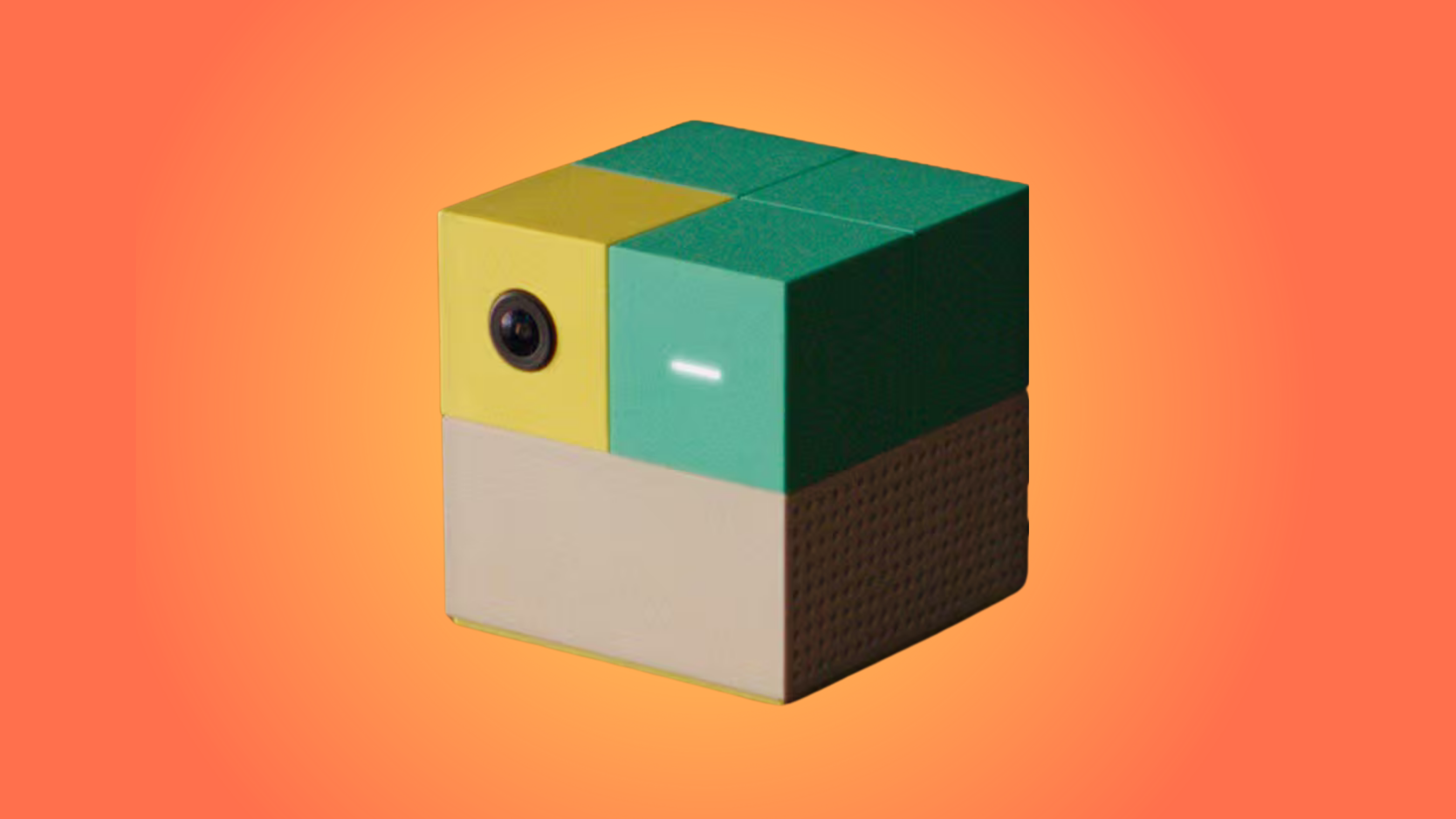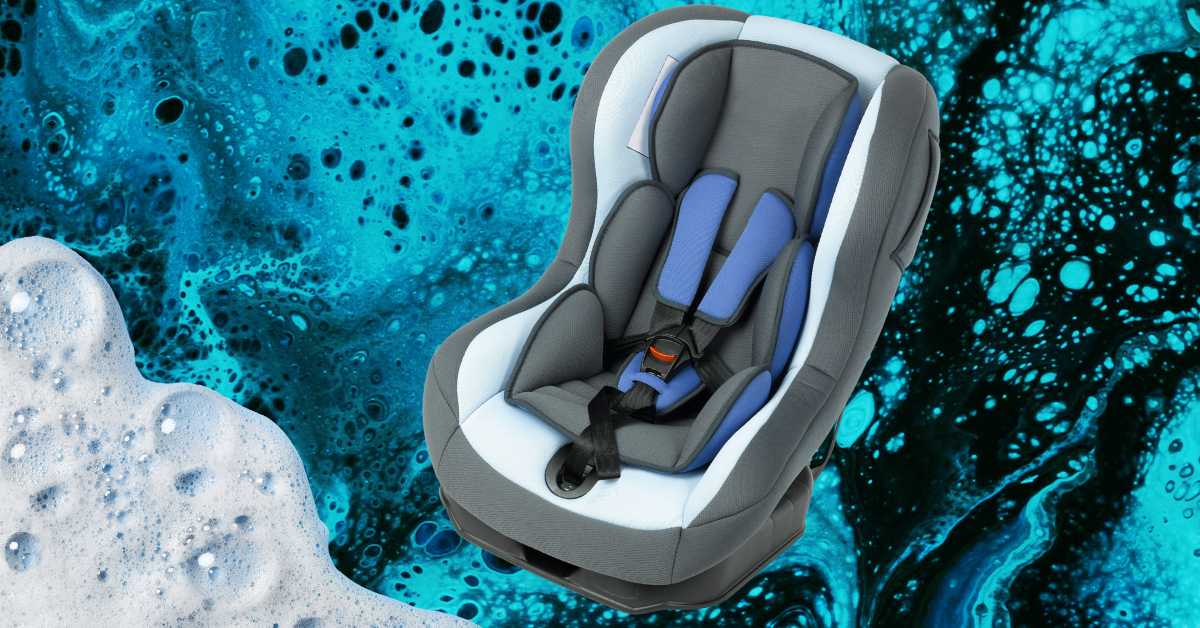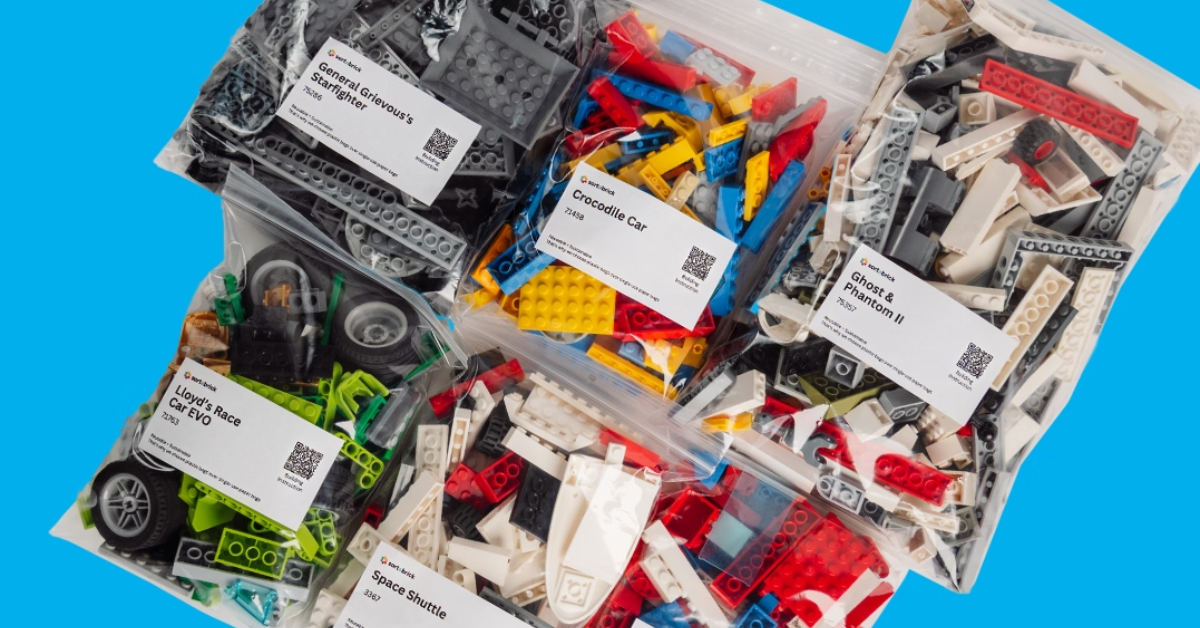When a classmate at Stanford connected Jamie Balsillie and Wilson Ruotolo, it was a classic founder meet-cute: Balsillie was pursuing his MBA with aspirations of revolutionizing the agtech industry, while Ruotolo was busy engineering robotic hands in a lab across campus.
-1.png?width=524&height=393&name=Hustle%20Blog%20IMGs-COOL%20AF-OPTION%203%20(1)-1.png)
With their complementary skill sets and shared passions, the two co-founders dreamed up Hedgehog, a startup aimed at changing the way mushrooms are grown and harvested.
The company, founded in February 2022, has raised more than $4m so far and is backed by Y Combinator.
%20(1).jpeg?width=3776&height=1976&name=Hedgehog%20Founders%20Jamie%20Balsillie%20Wilson%20Ruotolo%20(1)%20(1).jpeg)
Hedgehog founders Wilson Ruotolo (left) and Jamie Balsillie (right).
Balsillie and Ruotolo believe mushrooms have the potential to change how we eat: They are protein-rich and nutritious (making them a strong plant-based alternative to meat), can be grown sustainably using very little water and power, and have the ability to recycle food waste.
But farming infrastructure is not currently advanced enough to grow and harvest mushrooms effectively. While portobello and button mushrooms are grown cheaply in large farm beds, gourmet mushrooms any mushrooms outside of the button mushroom species take large amounts of labor to produce.
"We saw an opportunity to collapse labor, increase yields, and produce mushrooms at dramatically lower costs," says Balsillie. By doing that, we can take very premium gourmet mushrooms and have them in every Walmart and Kroger, affordable to anyone who wants them.
Gourmet mushrooms have to be grown in individual bags or bottles as opposed to large beds, and they require large amounts of specialized human labor and delicate handling. And human laborers mean higher expenses.
Hedgehog is betting its tech will be able to grow and harvest gourmet mushrooms for one-third of the cost of traditional farming, while also increasing harvest yields to produce more crops, which means using the same amount of resources for far more output.
To eliminate the cost of human labor, Hedgehog enlists robotic arms. But the startup is creating more than just robot farmers: The indoor farms themselves use high-tech sensors, AI, and machine learning to create the optimal environments for farming mushrooms.
"A controlled environment for experimentation provides an optimization opportunity," says Ruotolo.
Indoor farms also allow for complete customization on important growing metrics like temperature, oxygen and carbon dioxide levels, and humidity. The farms are not only better for growing mushrooms, but also act as laboratories in which the founders can iterate to improve processes and outcomes.
"There are dozens of parameters that go into growing every mushroom," says Balsillie. "It's more complex than the human mind can handle, so one of the big opportunities here is to use AI and machine learning to achieve yields and combinations beyond what's currently possible."
To grow mushrooms, Hedgehog first creates a substrate (mushroom food) out of food waste like straw and sawdust that's put into an insulated chamber, hydrated, and heated. The heat kills off the bad microbes while keeping the good, and the substrate is then mixed with mushroom spawn (seeds) and laid out into containers.
The spawn then goes through several stages of incubation as the mushrooms grow within their containers. Once ready, they are harvested by robotic arms and packaged for distribution a labor-intensive step due to how delicate mushrooms are.
Where traditional farms would have human hands moving the mushrooms through every stage of the process, Hedgehog uses computer vision to help robotic arms and hands detect when mushrooms are ready to harvest and how they should be picked.
The co-founders have been building and testing their machinery in a R&D space in California, and plan to have their first commercial farm up and running within 12 months (location TBD), producing over $1m worth of mushrooms per year.
At scale, Hedgehog hopes to have robotic farms around the country, enabling mushrooms to be as close to their endpoint as possible to minimize shipping distance. Certain parts of the country that have large-scale agriculture businesses would also allow for a direct line of agriculture waste to be used as substrate for growing.
In the distant future, the co-founders hope to use their robotic farms to more sustainably grow a range of crops in addition to fungi. But for now, the mushroom reigns supreme.
"In some ways mushrooms are completing the food-system circle," says Balsillie. "Mushrooms are able to take plant matter and turn it back into food that humans can enjoy and consume. They're really incredible."
.jpg?width=48&height=48&name=IMG_2563%20(1).jpg)










